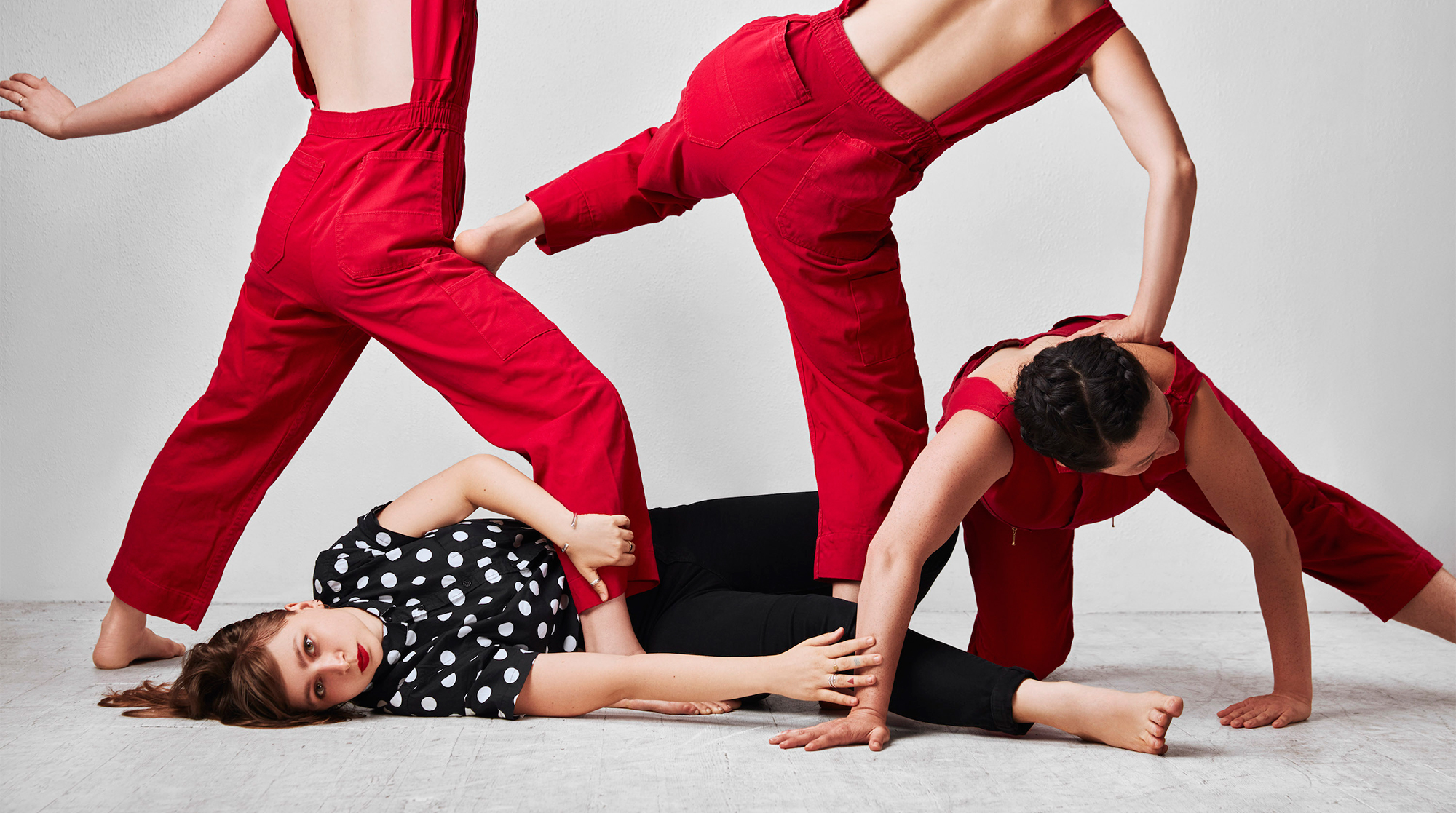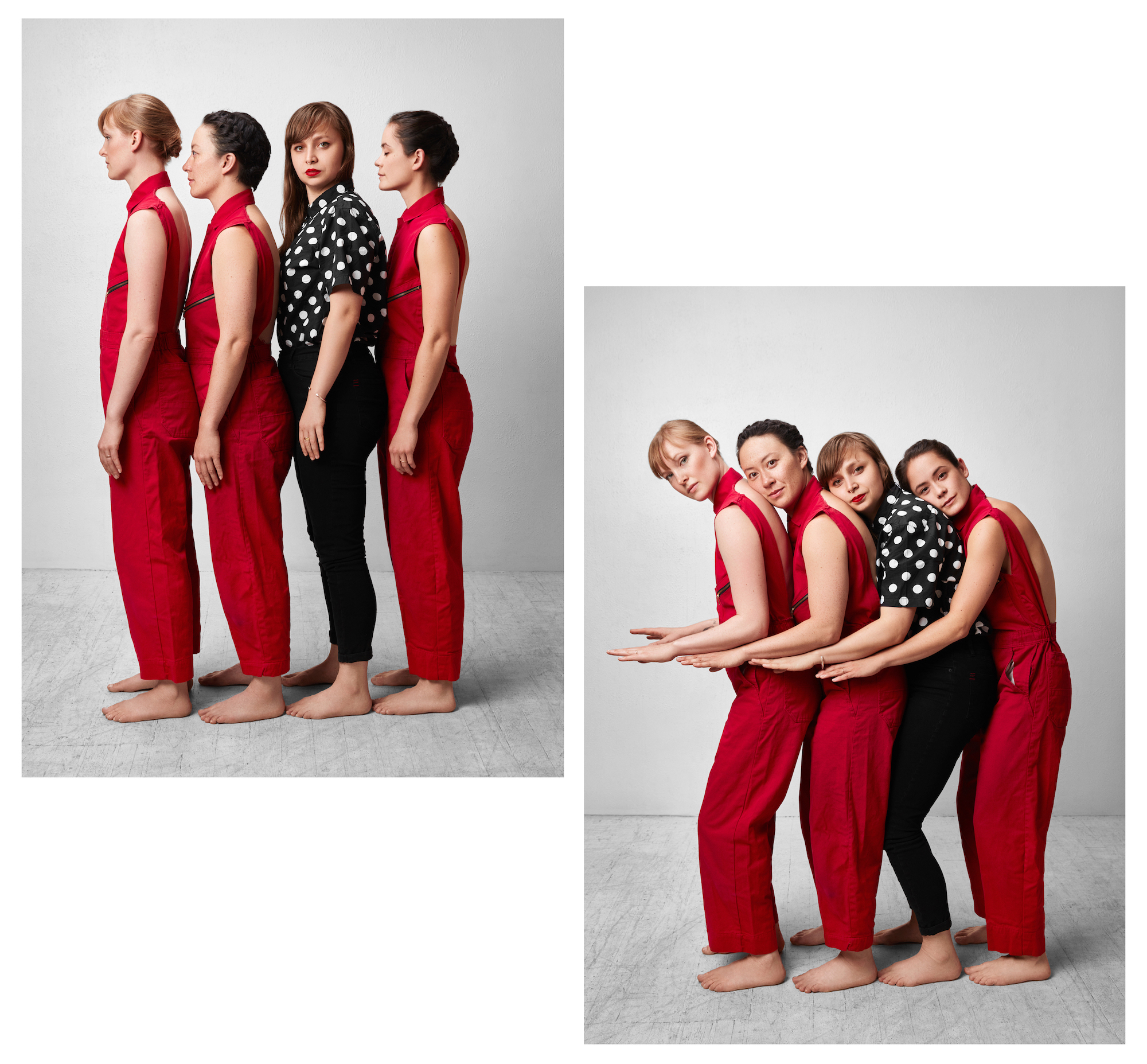

Oftentimes, dancing is about pushing the body. How many turns can I do? How long can I balance? How high can I kick?
But dance moves can also have meaning, says Italian-born choreographer Alice Gosti. “Movement is a language that is capable of communicating. I’m not miming, I’m not doing sign language, but I’m talking to the audience.”
Think of it like a metaphor, Gosti says. Just like words and phrases, body movements can shift meaning from one context to the next.
An example: In a recent piece, “How to Become a Partisan,” Gosti explored the concept of apathy. A single performer meanders across the stage as six other dancers grab hold of her and move her like a marionette—each person assigned to a different body part.
“The idea is how puppet-like we are,” Gosti says. “We just continue going, not listening to all of these agents and forces. The performer is just walking, not paying attention. I’m trying to create ways that movement can communicate and ask questions.”

This fall, Gosti took an artist residency in North Carolina to teach dance to new immigrants and refugees, some of whom don’t speak English. “Dance is based in the body and we all have a body,” she says, “so we are able to communicate.”
It starts with action, then imitation, then repetition. A conversation. The exchange of movement creates a common language.
“As I develop that language, we begin to look at their history as immigrants in this country,” Gosti says.
Along the way, she interviewed them about their experience coming to America. The project was designed to create alternative narratives for immigrants. “Narratives that are not exoticizing, shaming, stereotyping or labeling. How do we make space for identities of the individual?”
Gosti can relate to new immigrants. Born to an American mother and an Italian father, she grew up in Italy and spent her summers in Seattle.
“When I was living in Italy, everybody always thought that I was American, but I had no idea what it meant to be an American,” she says. “I needed to figure out what this American side of me is.”

Alice Gosti, in polka dots, with dancers Kaitlin McCarthy, Alyza DelPan-Monley and Lorraine Lau.
She took choreography courses as a teenager in Europe and won admittance to several conservatories. But after talking with an adviser, she chose to apply to the UW School of Dance.
“I hear sometimes people have a hard time in a big university. For me, coming from where I was coming from, it wasn’t overwhelming at all—it was freedom. Having infinite possibilities of things I could learn and movies and books I could borrow from the library, it was like a candy shop.”
A decade after graduating, Gosti is now primarily a choreographer.
“Do I believe that dance is going to save the world? Yes and no,” Gosti says. “I believe in poetic resistance.”
